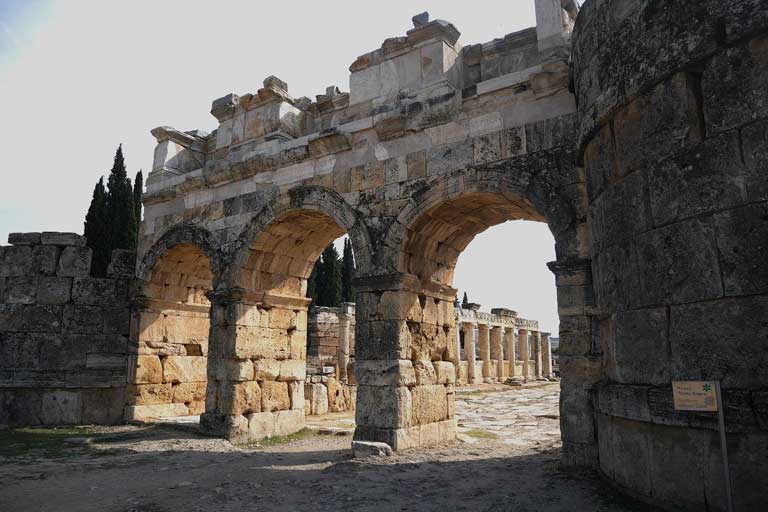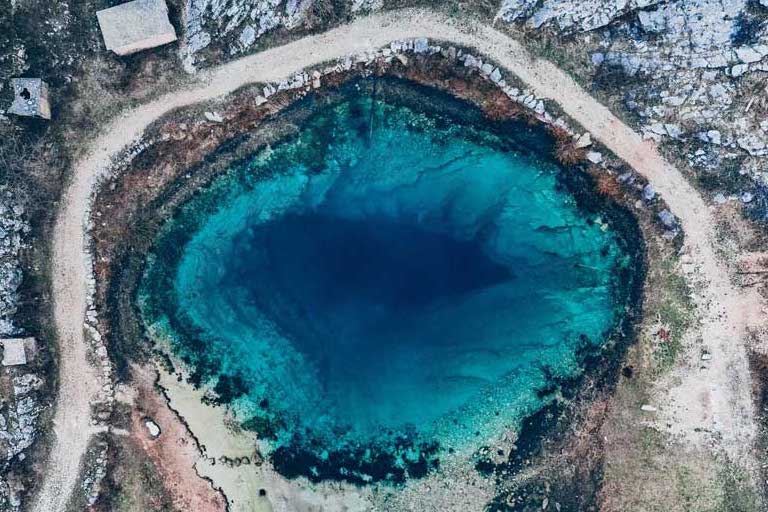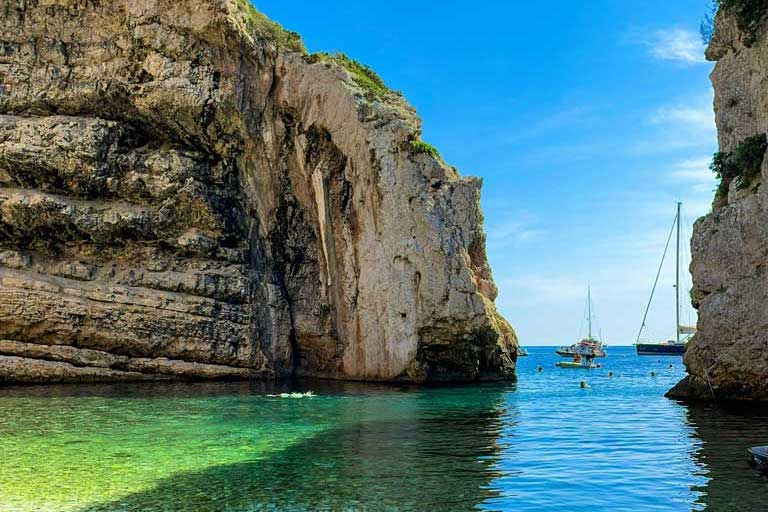Pluto’s Gate at Hierapolis, Turkey, or also known as Ploutonion, is a religious site named after Pluto and built to honour him. Ploutonion means “Place of Plouton” in Ancient Greek. Located in the historic city of Hierapolis in Turkey’s Denizli Province, earthquakes damaged the site in the 6th century.
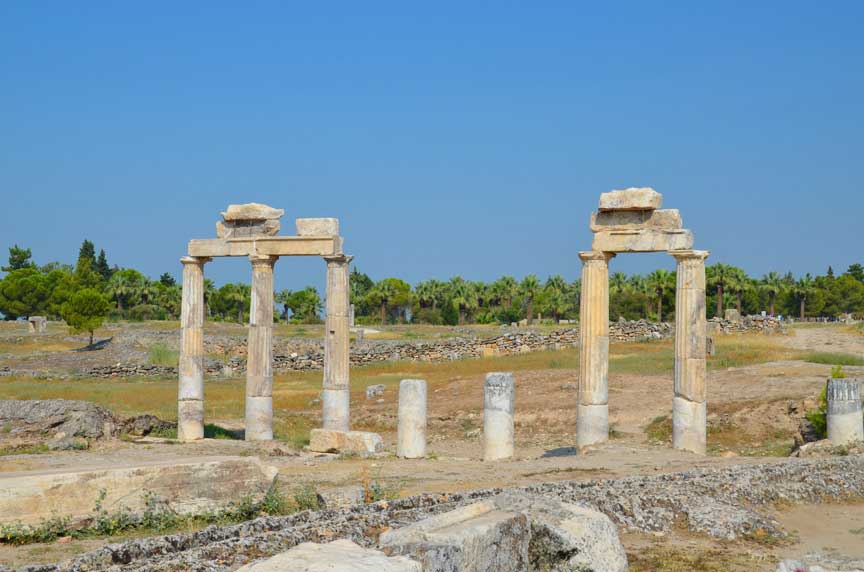
Although Italian archaeologists initially discovered Pluto’s Gate in 1965, Professor Francesco D’Andria, aimed to explore it further. He and his team, aided by ancient texts, rediscovered the gate’s location in Hierapolis by tracking the path of the therapeutic thermal springs.
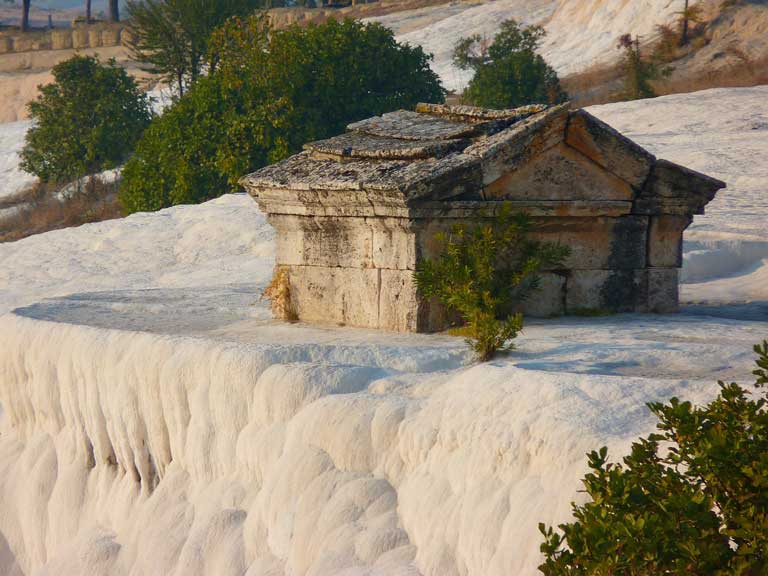
The thermal springs generate the white travertine terraces, which come from the cave. Back in the day, people believed that the thermal springs possessed healing powers. It prompted them, in their old age, to live near it and when they passed on, they were buried there.
Although the site was almost non-existent and difficult to find, the researcher discovered evidence indicating the temple’s location — the stairs. In ancient times, they had erected the temple outside a cave with steps leading into the toxic gates of hell in Turkey at the start of the 3rd century BC. The location that they discovered we now know as Pamukkale.
Why Was Pluto’s Gate in Turkey Created in Hierapolis?
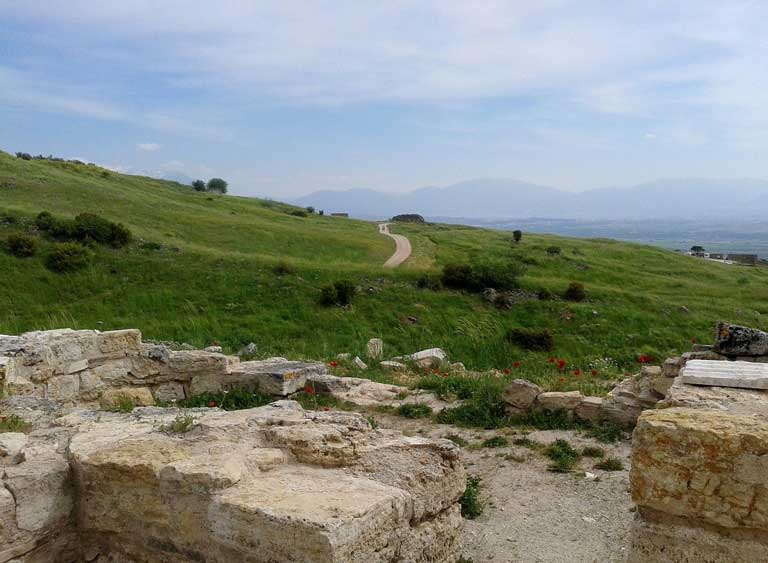
The Phrygian era laid the groundwork for the city of Hierapolis because it was the location of the holy site of Cybele. Additionally, there was a cave under the Apollo Temple. However, King of Pergamum Eumenes II founded the city in the 2nd century BC. He named it after the Pergamum founder Telephos’ wife Hiera.
In his will, Pergamum King Attalus III bequeathed his kingdom to the Roman Empire. It became part of their Asian region with proconsuls managing it.
The Pisidia Pacatiana joined the Roman Empire in the 3rd century and became a vital centre for Christians. Meanwhile, Hierapolis played a central role in the spread of Christianity in the Asian province in the 3rd century.
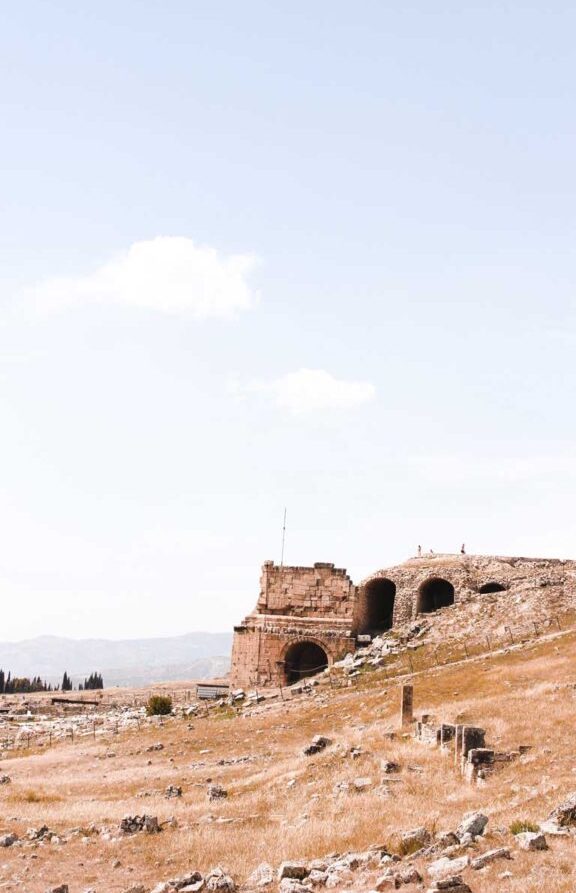
Hierapolis is also known as Saint Phillip the Apostle’s resting place. Saint Phillip was one of the twelve Apostles of Jesus Christ. This association with an apostle caused the city to become a vital religious hub in the 4th century AD. The city flourished between 96 and 162 AD and became known as the Guide of the East.
Later, the Eastern Roman Empire ruled over Hierapolis in 395 AD. It was during this time, Ploutonion at Hierapolis was established between 100 BC and 100 AD as a tribute to Pluto or Hades and his wife Proserpina.
They created the structure above a cave releasing hot spring water and emitting toxic carbon dioxide. The people of that time believed that the God of the Underworld Pluto had sent the dangerous mist thus the name “the Gates of Hell.”
Who was Pluto – the God of the Underworld?
In Roman mythology, Pluto is the God of the Underworld. In Greek mythology, Hades is the God of the Underworld. Throughout history, the names have been used interchangeably with one slight difference. In Greek mythology, Hades only rules the dead and the underworld.
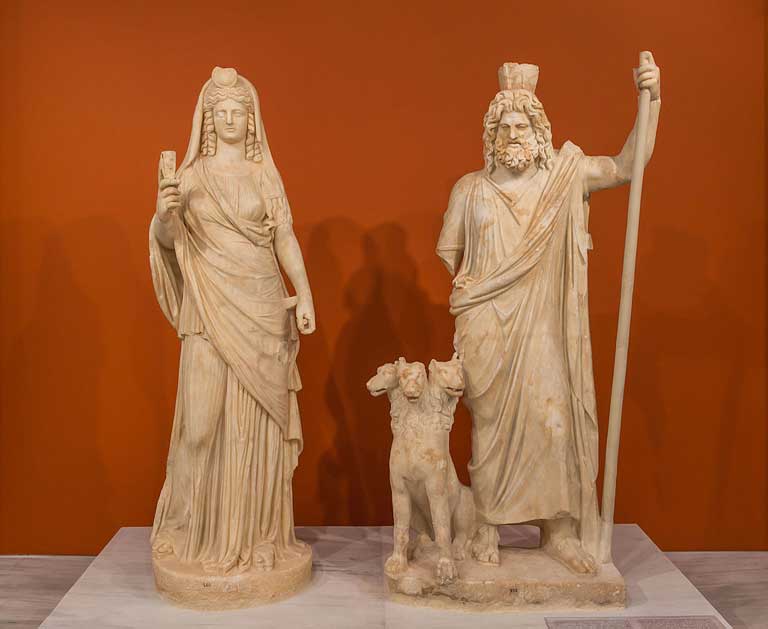
In Roman mythology, Pluto is more than just a ruler of the dead and the underworld. People referred to him as the Provider of Wealth, ruling over the precious stones and ores. Roman mythology depicts him with the horn of plenty, or with cornucopia on his head, and his three-headed beast of a dog Cerberus by his side. He also comes from a large family of gods and goddesses.
The Goddess of Earth Ops and the Ruler of the Cosmos Saturn gave birth to Pluto, Jupiter, Neptune, Juno, Vesta, and Ceres. Jupiter, known as the most powerful god, freed his siblings, including Pluto from the wrath of Saturn. Neptune is the Lord of Water, Vesta is the Guardian of Home and Hearth. Juno is the Matron Goddess, and Ceres is the Goddess of Fertility (agriculture).
After Pluto was freed, he lived an isolated life, finding solace under the earth. He later married Jupiter and Ceres’ daughter Proserpina. Although stories on whether Pluto and Proserpina had children remain disputed, some historians insist that they indeed procreated. According to them, their children could have been the Eumenides who were the Gods of Vengeance who resided in darkness.
Pluto Falling In Love
A famous myth surrounding Pluto is the abduction of his wife. Pluto decided to kidnap Ceres’ daughter, causing her to fall deep into a pit of sadness at the loss of her only child. Although Pluto lived a content yet gloomy life, Venus took pity on him and asked Cupid, her son, to fire a love arrow at him.
The love arrow would make him fall in love with the first woman he encountered, which turned out to be Proserpina. His gaze fell upon the lovely Proserpina as she was strolling around in the meadows of Nysa. Riding on his chariot, he flew towards her, swiftly kidnapping her and taking her to the underworld. The only thing and person she left behind in the fields was her bow and a heartbroken mother.
The grief caused Ceres to neglect the growth of crops and the fertility of cattle. Mercury, the messenger of God, saw Proserpina in the underworld and reported to Jupiter who then ordered his brother to release her at once.
At first, he agreed because Proserpina hadn’t eaten anything but that proved to be false, as she had eaten pomegranate seeds. He demanded that she stay in the underworld a few months each year. It’s spring when Proserpina is reunited with her mother and autumn when she’s in the underworld.
For decades, Pluto, although not the most benevolent God, has become a prominent part of Roman mythology. The reason behind was mainly for Pluto’s role as the Bringer of Wealth hence the creation of the Ploutonion at Hierapolis.
The Dark Mystical Mist of Pluto’s Gate in Turkey
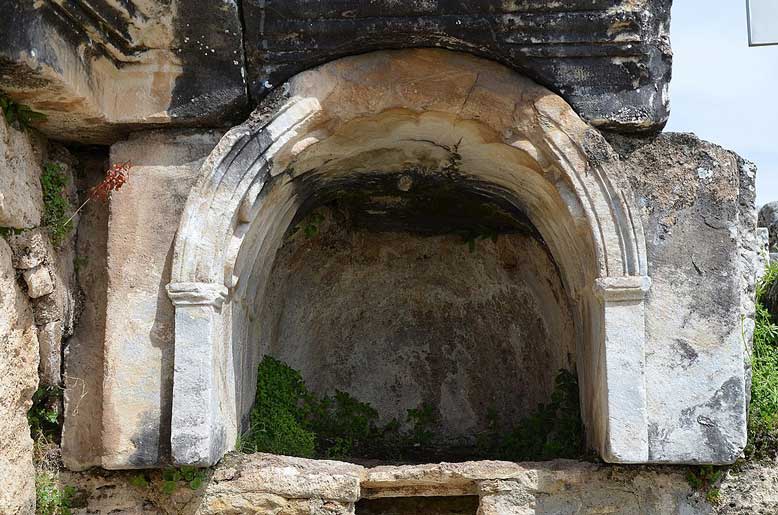
Galli, Goddess Cybele’s eunuch priests who had entered the chamber from the “Gates to Hell,” used the cave to perform rituals demonstrating their divine sacrifice and protection.
The Temple of Pluto’s lethal mist can kill any animal that dares enter it. The Italian professor reported seeing birds instantly dying as they flew close to the cave’s gates.
However, few priests displayed the ability to withstand the toxic vapours. The priests experienced hallucinations on the toxic fumes while standing on the steps of Pluto’s Gate. They would sacrifice healthy bulls by leading them into the cave and then pull their lifeless bodies out. The sacrifices were in honour of Pluto.
How Did the Priests Not Meet Their Death Inside Plutos’ Gate?
Inside the Gates of Hell, an estimated 35% of carbon dioxide emanates from the ground. It’s only present at night and in the early hours of the morning but dispels during the day. Now, the fumes can only reach 40 cm from the surface.
This means that the priests would only experience a few side effects of the gas but not enough of it to kill them. They would also hold their breath before going into the cave.
You can see the mist, emitting from a deep and narrow orifice in the surface, in the spot where Pluto’s gate once existed.
The Greek philosopher Strabo described the Ploutonion at Hierapolis as a space enveloped with vapour so dense and murky that a person had to squint to make out the ground. Although he didn’t enter the Gate to Hell Cave all the way in, he did throw in sparrows that met with instantaneous death.
Uncovering the Truth behind the Legend of Pluto’s Gate in Turkey
They constructed the Gates of Hell in an outdoor arena’s wall. They built raised seating for spectators to watch priests sacrifice animals from a safe distance. The cave emitted carbon dioxide, which then spread on the arena’s floor.
The amount of gas on the ground increased overnight and ended up creating a lake filled with carbon dioxide. The priests performed animal sacrifices at dawn when the scorching heat of the sun had decreased the amount of carbon dioxide in the cave.
Years later, Hardy Pfanz, a volcano biologist, stumbled upon an astonishing find. With his team, he discovered that the mist emitted from the cave’s entrance belched from a crevice under the floor. They speculated the reaching carbon dioxide levels of 4% to 53% based on the distance it was from the floor.
Since carbon dioxide is heavier than oxygen, it settles in large amounts on the floor. In Pluto’s Gate, the poisonous gas takes space on the floor, which means there is a large amount of the lethal substance present.
When animals encounter it, they breathe in large amounts because of their small stature while humans breathe in small amounts because they walk upright.
What’s Inside Pluto’s Gate to Hell Cave in Turkey?
The Italian professor discovered a pool, the ruins of a temple, and steps on top of the cave. They all matched the ancient descriptions of Pluto’s Gate to Hell. They also uncovered Ionic-semi columns with an engraving, “Pluto and Kore,” the gods of the underworld, on top of them.
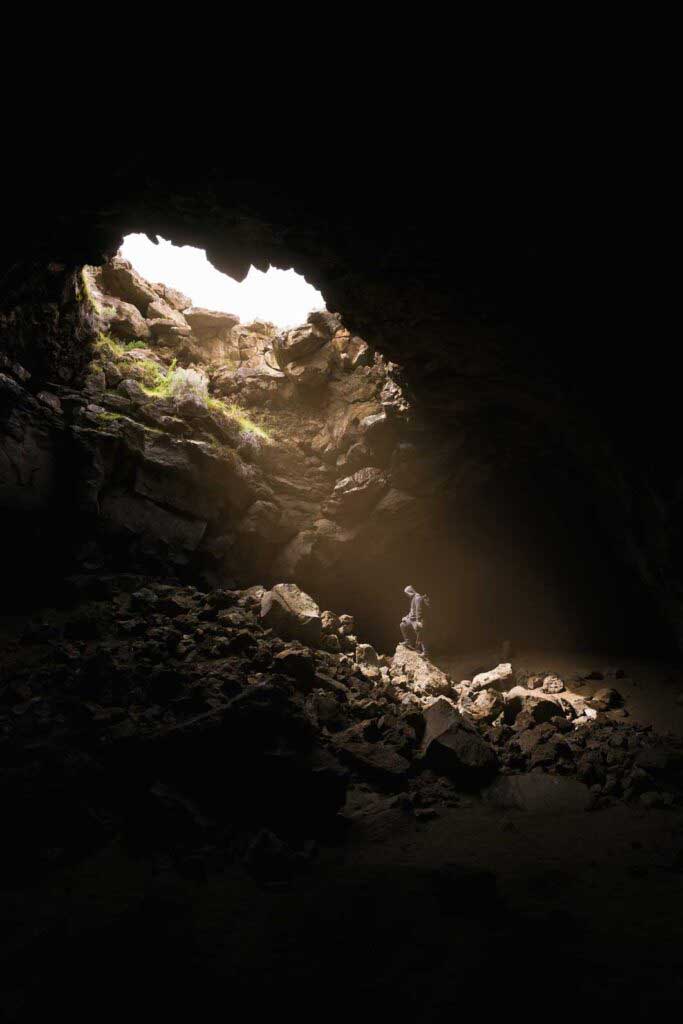
Behind the cave’s 32 sq feet chamber is an extremely deep fissure in a rock from where water flows.
The Gate to Hell cave also features two statues of Hell’s Guardians, which were restored and placed in their original location. The two marble figures guarded Pluto’s Gate and were warning people to stay away from the cave.
The first statue is of a coiled snake staring down anyone who approached it. The other statue is of Cerberus, Hell’s watchdog, who at four-foot tall, with three heads, is an intimidating figure.
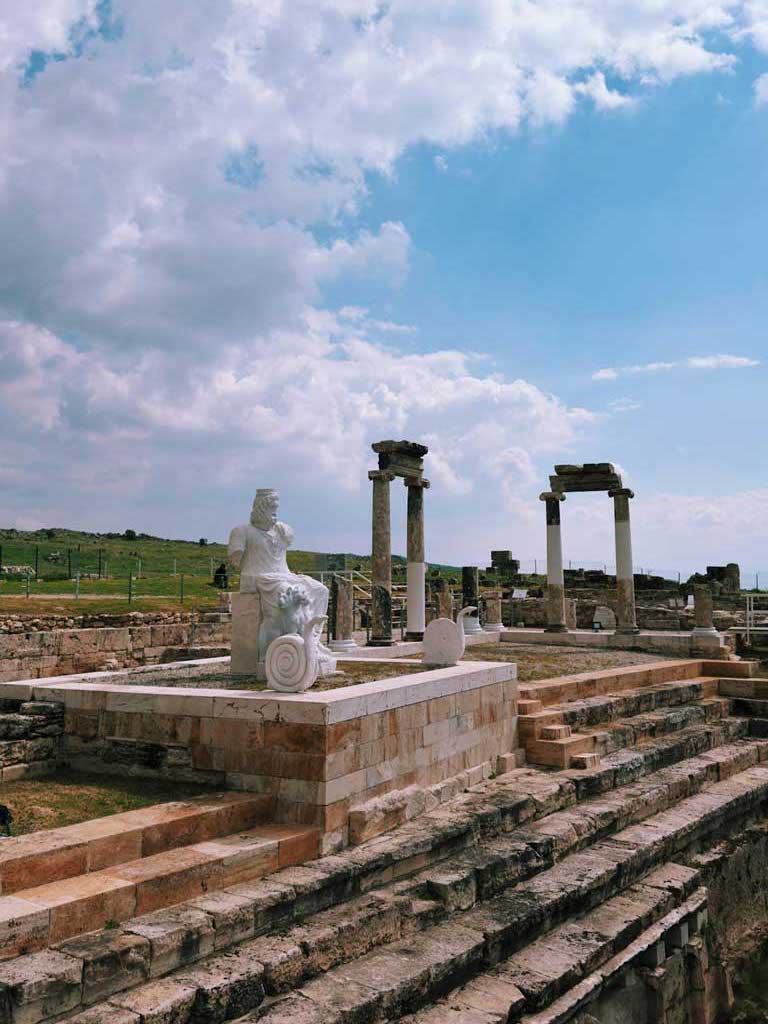
Experience a Part of Roman Mythology through the “Gate to Hell” in Turkey
Pluto’s Gate in Turkey is a fantastic way to dive deep into Roman mythology. When you see the portal to hell before you, it will stir up all kinds of thoughts in your mind. However, do not enter but admire the Ploutonion from a safe distance.
The UNESCO World Heritage protected site has turned into one of Turkey’s greatest wonders. Knowing what the cave was used for and what fills the cave now is fascinating.
If Greek or Roman mythology intrigues you, visiting Pluto’s Gate in Turkey, built to honour the God of the Underworld, is a historic attraction you wouldn’t want to miss out on!

